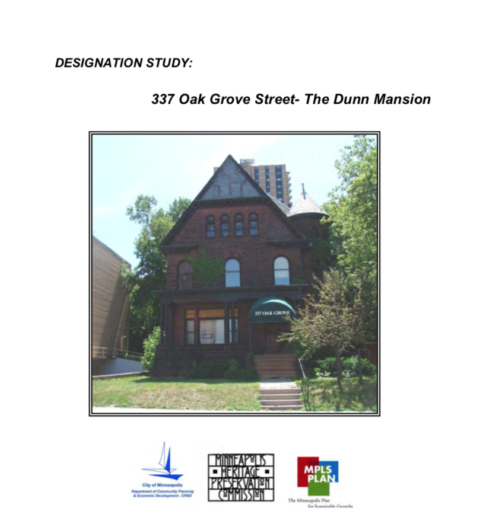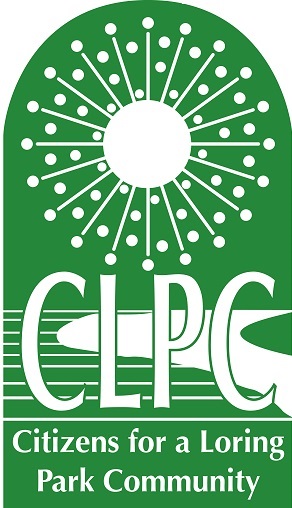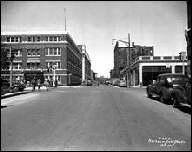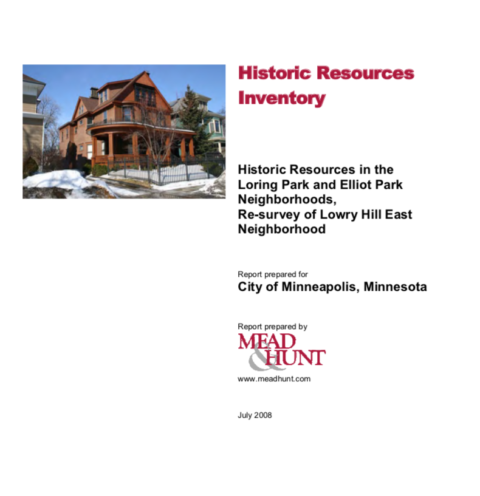
Historic Resources Inventory
Re-survey of Lowry Hill East Neighborhood
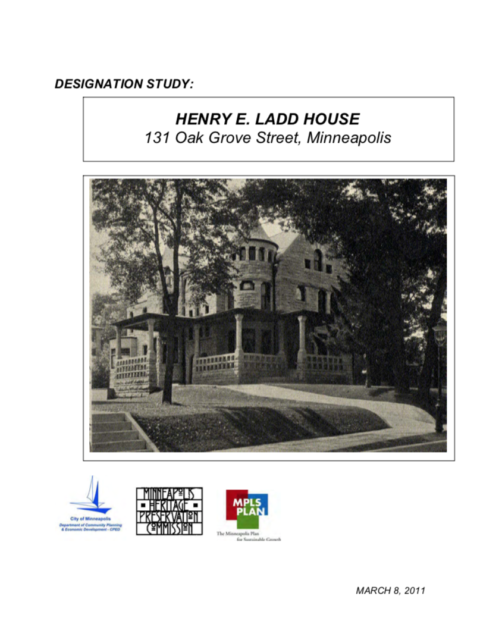
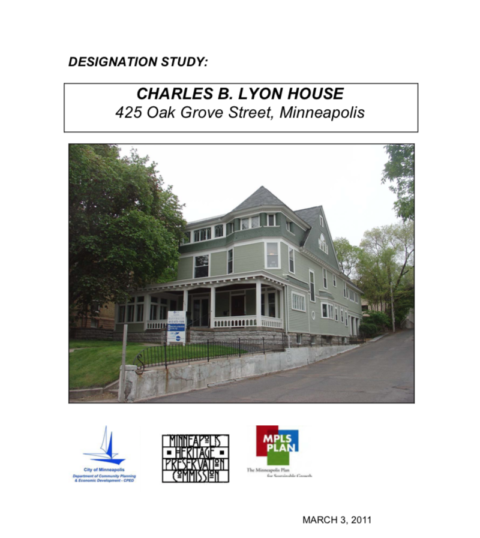
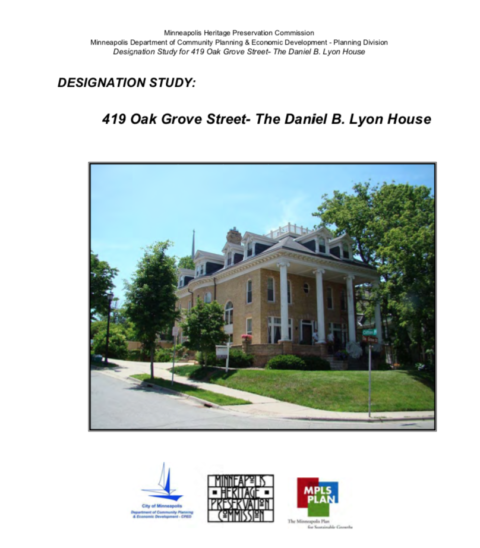
Boundaries: Two non-contiguous areas. The first area is generally bounded by Yale Place, 11th Street South, Hennepin Avenue and Spruce Place. The second area is bounded by Harmon Place, Maple Street and Hennepin Avenue.
Neighborhoods: Loring Park, Downtown West
Date of Local Designation: 2001
Date of National Designation: N/A
Historic Profile: The Harmon Place Historic District was the heart of the Minneapolis automotive district for over fifty years. The buildings along Harmon Place and Hennepin Avenue include many of the city’s best remaining examples of a vital industry that engaged thousands of entrepreneurs, workers and customers. The automotive buildings reflect the roller-coaster progress of the early automotive industry and the twentieth-century economy as both evolved on the edge of downtown Minneapolis.
Located in the western part of Minneapolis, Harmon Place is bordered by Loring Park on the south, I-394 on the north, and I-94 on the west. Allen Harmon settled the area in 1855, building his home on Hennepin Avenue and 13 th Street. After the Civil War, he divided his property and sold it to wealthier citizens of Minneapolis. Until the turn of the century the area served as a prosperous neighborhood filled with mansions, townhouses, and residential hotels. The H. Alden Smith house at 1403 Harmon Place is a Richardsonian Romanesque building designed by William Channing Whitney in 1887. Its close proximity to the downtown business center and the expansive green of Central Park (now Loring Park) made it an ideal location for these citizens and their families.
Just after the turn of the century, automobiles grew in popularity and city residents started moving further out of the area and commuting back to work. After the first showroom opened in 1907, service stations and repair and parts shops soon followed. The automotive industry began to develop near Harmon Place and Hennepin Avenue. It became known as “Automobile Row.”
Between 1907 and 1930, the automotive building developed as a specific building type addressed by real estate investors and architects. The Leslie Fawkes buildings (1911 – 1917) and the Oscar M. Nelson Company (1923) are among the district’s fine examples of automotive showroom design. Modern concrete and brick curtain wall construction allowed an emphasis on display areas. These buildings and their other counterparts such as parts buildings and repair garages exhibit a range of Renaissance Revival, Prairie Style and Art Deco treatments, all arranged around the important display windows. The façade arrangement allowed the prominent display of large vehicles, while leaving enough room for eye-catching exterior signs.
As the wealthy citizens of Harmon Place migrated to the suburbs during the 1920’s, many of their vacant homes were demolished or used for boarding houses and institutions. Several apartment buildings were erected on these vacant lots, typically clad in brown or tan brick with common brick used at the rear and side elevations. Renaissance Revival designs prevailed, with stone or terra cotta trim and heavy sheet metal cornices. The buildings have had few alterations, although brownstone and other masonry are evident.
Photo Credit:
1950, Norton and Peel, courtesy of the Minnesota Historical Society
